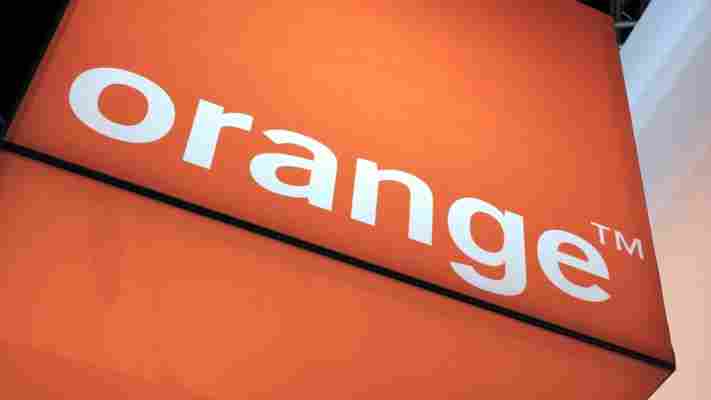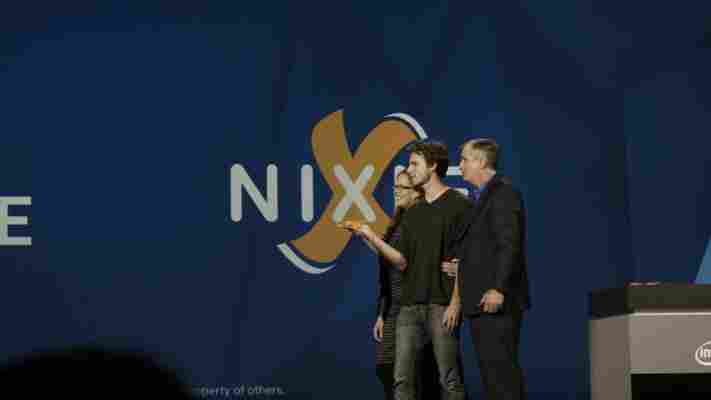Dell is the latest in a fairly long line of technology companies to consider developing a wearable computing device, according to The Guardian .

Sam Burd, Global Vice-President of Personal Computing for Dell, told the newspaper that the firm is exploring a number of ideas, but stopped short of detailing exactly what, if anything, was being developed or tested at the moment.
Desktop PC sales continue to slide year-on-year, so it’s not surprising that Dell is looking at a new hardware platform or ecosystem to boost its ailing profits and stay relevant.
“There are challenges in cost, and how to make it a really good experience,” Burd said. “But the piece that’s interesting is that computers are getting smaller. Having a watch on your wrist – that’s pretty interesting, pretty appealing.”
The comments suggest that Dell is considering a smartwatch, rather than an entirely new hardware paradigm such as Google Glass .
Apple was reportedly working with a team of “ about 100 product designers ” in March this year to transition iOS to its own smartwatch design. The company has since filed trademarks for the name ‘iWatch’ in Japan, Mexico, Taiwan, Turkey and Columbia , strengthening rumors that Apple will launch the device before the end of the year.
Microsoft is said to be developing a touchscreen watch device too, in addition to its own smartphone. Executives at the firm’s suppliers told The Wall Street Journal in April that Microsoft had requested various components for a watch, including a number of 1.5-inch displays. Given Microsoft’s in-house development of the Surface RT and Surface Pro, these rumors sound at least plausible.
Add fresh reports that Google is cooking up an Android-based smartwatch , in addition to the Kickstarter-funded Pebble phenomenon and Sony’s recently unveiled SmartWatch 2 , it’s easy to see how the market could quickly become overcrowded.
The wider public is yet to latch on to either the Pebble or Sony SmartWatch, however, so Dell stands a chance of making an impact if it can hit store shelves before some of its equally high-profile competitors. “We haven’t announced anything, but we are looking at the technology in that space,” Burd added.
Dell is in something of a quagmire at the moment though as founder Michael Dell and Silver Lake attempt to take the company private. The $24.4 billion deal announced in February was later met with counter offers by Blackstone and billionaire investor Carl Icahn. The former has since withdrawn its bid , citing poor PC sales and a “rapidly eroding financial profile”, but Icahn has pressed on with his own tender offer .
Until the matter is resolved, Dell continues to operate with a less than ideal corporate image. An entirely new and innovative product would certainly help to begin reversing this gloomy state of affairs, however.
Image Credit: Justin Sullivan/Getty Images
Orange aims 4G Android-powered Yumo and low-cost Hiro at Europe, but UK residents need not apply
Orange has launched two new own-brand handsets for the European market, but UK dwellers will miss out on the relatively low cost devices.

The better specced of the two, the Orange Yumo, will offer a 1.2GHz dual-core Qualcomm processer, 8GB of internal storage (expandable via microSD) and a 5-inch (1280 x 720 pixels) HD display.
There’s also an 8-megapixel snapper on board capable of capturing 1080p video at 30fps and, perhaps more impressively considering its price point, 4G connectivity.
It’ll arrive running the slightly older version of the Android Jelly Bean OS, version 4.1.2.
Due to go on sale from November, beginning in Spain, the Yumo will cost €215, including all relevant taxes.
Moving to the slightly smaller of the two devices, the Hiro.
While it doesn’t offer 4G connectivity like its larger sibling, it does provide a 4.3-inch (854 x480 pixels) display, a Mediatek dual-core 1.3GHz processor, 4GB of storage (with additional microSD slot) and a 5-megapixel camera.
It also runs a slightly newer version of the Android Jelly Bean OS (4.2).
The Hiro is due to go on sale in November, with variable pricing according to location. Yves Maitre, Senior Vice President of Multimedia and Devices at Orange, told The Next Web that it would generally go on sale for around €100 including tax but that it will go on sale first in Romania, priced at around €160.
Aside of the core specs, both devices offer some Orange software tweaks, such as an optional simplified UI mode (shown above), Orange Gestures and Orange Assistant.
The simplified UI mode and Orange Assistant have both been put in place to help people new to smartphones get up to speed – with the former cutting back on the number of options available from the home screen and the latter guiding users through the set-up process first time they use the handset. It also continues to offer hints and tips about other features once set up, should you wish.
However, even though the handsets promise to offer good value for money on paper, they won’t be headed to the UK. The reason: with smartphones heavily subsidized and the true cost buried in the contract pricing, it’d be hard for either to compete with the premium brands for only a few pounds difference each month on the sticker price.
Maitre explained:
While the arrival of two more Android based, network branded handsets is unlikely to set the world alight when Apple and Samsung take a majority of smartphone headlines, the devices – particularly the Yumo – could be worth considering if you want a solidly specced device, priced closer to €200 than €600.
Featured Image Credit – ERIC PIERMONT/AFP/Getty Images Device Image Credits – Orange
Nixie is a wearable, autonomous drone that takes selfies
A selfie drone on your wrist sounds too good to be true, but Nixie has pulled it off.

It’s a tiny bracelet you wear and can take off at any point, throw into the air and it takes a selfie automatically for you. At Intel’s CES keynote, Nixie showed off it’s little autonomous drone and successfully took a snap.
A live demo on stage showed it really is as easy as throwing it in front of you, then it moves slightly further away, takes a photo and comes right back.
Nixie was announced back in September, but it was cool to see it shown off in a live demo. You can’t actually buy one yet; the company is working on making the technology better before it puts them on sale.
➤ Nixie
